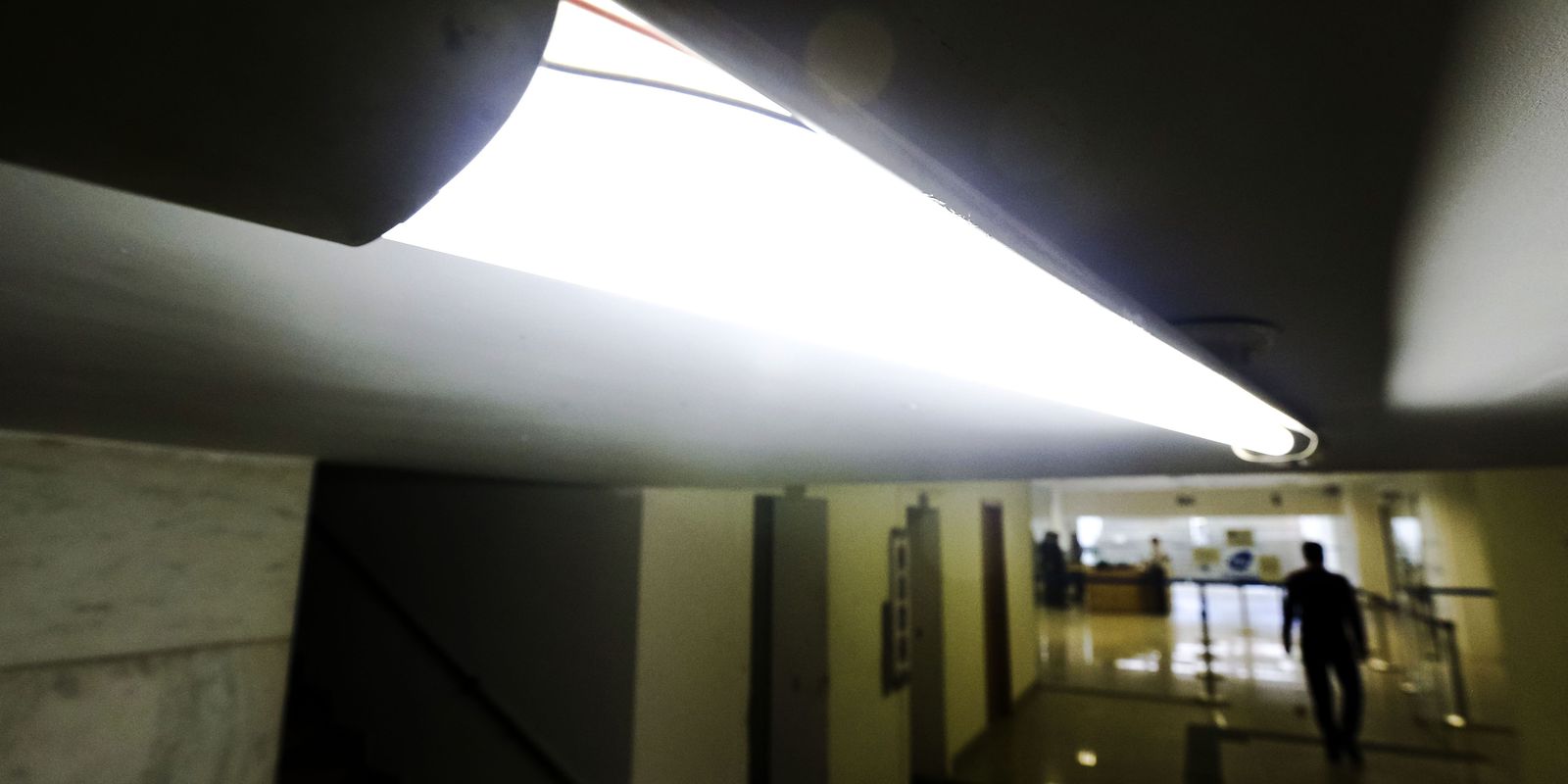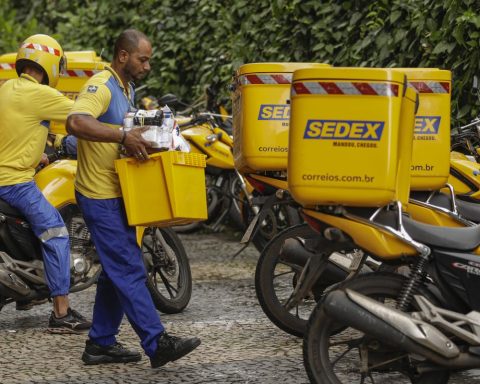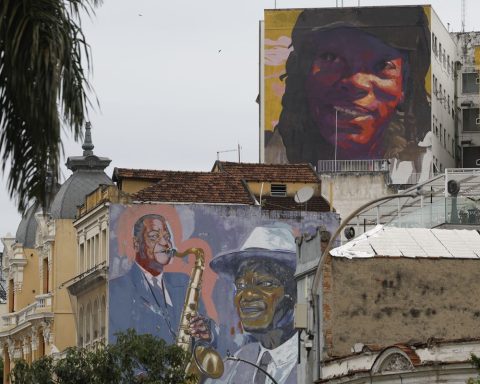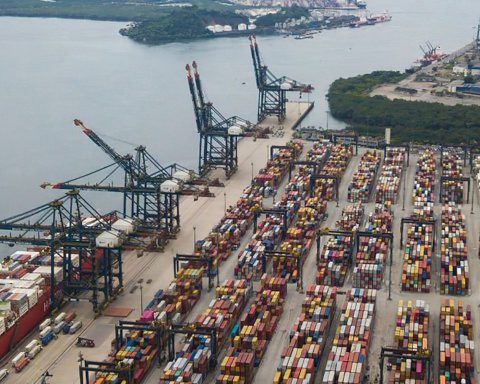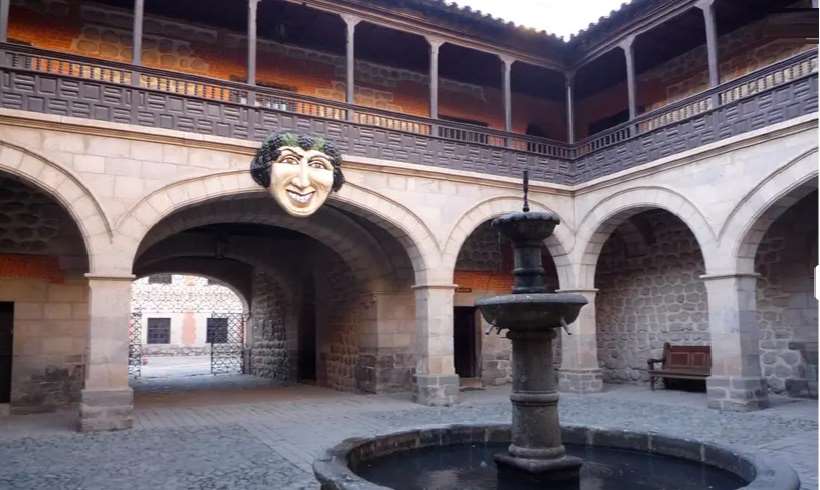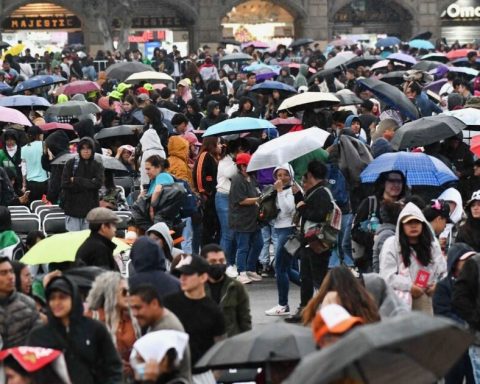The National Electric Energy Agency (Aneel) decided to trigger the green flag in June for all consumers connected to the National Interconnected System (SIN). According to the agency, in this way, there will be no extra charge on the electricity bill next month.
It is the second green flag announcement made by Aneel since the end of the Water Scarcity Flag, which lasted from September 2021 until mid-April this year. In May, the agency had already raised the green flag. According to Aneel, at the time, the green flag was chosen due to the favorable conditions for generating energy.
Tariff Flags
Created in 2015 by Aneel, the tariff flags reflect the variable costs of generating electricity. Divided into levels, the flags indicate how much it is costing the SIN to generate the energy used in homes, commercial establishments and industries.
When the electricity bill is calculated by the green flag, it means that the bill is not increased. When the red or yellow flags are applied, the bill is increased, ranging from R$1,874 per 100 kilowatt-hour (kWh) consumed to 9,492 per 100 kWh.
The National Interconnected System is divided into four subsystems: Southeast/Midwest, South, Northeast and North. Virtually the entire country is covered by the SIN. The exception is some parts of states in the North Region and Mato Grosso, in addition to the entire state of Roraima. Currently, there are 212 isolated locations in the SIN, where consumption is low and represents less than 1% of the country’s total load. The demand for energy in these regions is mainly supplied by diesel-powered thermal plants.
